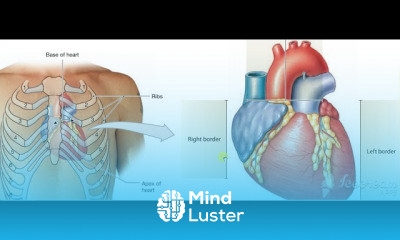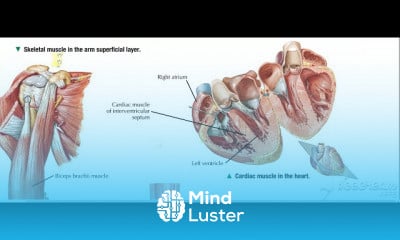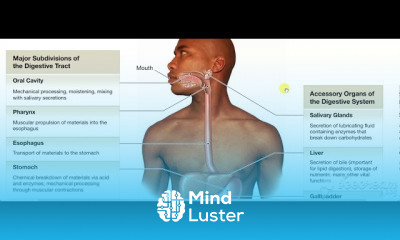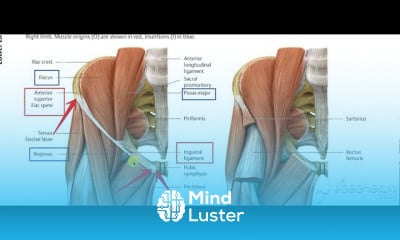Penis blood supply
Share your inquiries now with community members
Click Here
Sign up Now
Lessons List | 47
Lesson
Show More
Lessons
Comments
Related Courses in Medical
Course Description
KidsHealth / For Teens / Male Reproductive System
Male Reproductive System
en español Sistema reproductor masculino
What Is Reproduction?
Reproduction is the process by which organisms make more organisms like themselves. But even though the reproductive system is essential to keeping a species alive, unlike other body systems, it's not essential to keeping an individual alive.
In the human reproductive process, two kinds of sex cells, or gametes (pronounced: GAH-meetz), are involved. The male gamete, or sperm, and the female gamete, the egg or ovum, meet in the female's reproductive system. When sperm fertilizes (meets) an egg, this fertilized egg is called a zygote (pronounced: ZYE-goat). The zygote goes through a process of becoming an embryo and developing into a fetus.
The male reproductive system and the female reproductive system both are needed for reproduction.
Humans, like other organisms, pass some characteristics of themselves to the next generation. We do this through our genes, the special carriers of human traits. The genes that parents pass along are what make their children similar to others in their family, but also what make each child unique. These genes come from the male's sperm and the female's egg.
What Is the Male Reproductive System?
The male has reproductive organs, or genitals, that are both inside and outside the pelvis. The male genitals include:
the testicles (pronounced: TESS-tih-kulz)
the duct system, which is made up of the epididymis and the vas deferens
the accessory glands, which include the seminal vesicles and prostate gland
the penis
In a guy who has reached sexual maturity, the two oval-shaped testicles, or testes (pronounced: TESS-teez) make and store millions of tiny sperm cells.
The testicles are also part of the endocrine system because they make hormones, including testosterone (pronounced: tess-TOSS-tuh-rone). Testosterone is a major part of puberty in guys. As a guy makes his way through puberty, his testicles produce more and more of it. Testosterone is the hormone that causes boys to develop deeper voices, bigger muscles, and body and facial hair. It also stimulates the production of sperm.
Alongside the testicles are the epididymis and the vas deferens, which transport sperm. The epididymis (pronounced: ep-uh-DID-uh-miss) and the testicles hang in a pouch-like structure outside the pelvis called the scrotum. This bag of skin helps to regulate the temperature of testicles, which need to be kept cooler than body temperature to produce sperm. The scrotum changes size to maintain the right temperature. When the body is cold, the scrotum shrinks and becomes tighter to hold in body heat. When it's warm, it gets larger and floppier to get rid of extra heat. This happens without a guy ever having to think about it. The brain and the nervous system give the scrotum the cue to change size.
The accessory glands, including the seminal vesicles and the prostate gland, provide fluids that lubricate the duct system and nourish the sperm. The urethra (pronounced: yoo-REE-thruh) is the channel that carries the sperm (in fluid called semen) to the outside of the body through the penis. The urethra is also part of the urinary system because it is also the channel through which pee passes as it leaves the bladder and exits the body.
The penis is actually made up of two parts: the shaft and the glans. The shaft is the main part of the penis and the glans is the tip (sometimes called the head). At the end of the glans is a small slit or opening, which is where semen and pee exit the body through the urethra. The inside of the penis is made of a spongy tissue that can expand and contract.
1/11
The Male Reproductive System
Like other living things, human beings reproduce. It's what keeps the population going. In humans, the male and female reproductive systems work together to make a baby.
Click through this slideshow to see how the male reproductive system works.
© 2020 The Nemours Foundation/KidsHealth. All rights reserved.
All boys are born with a foreskin, a fold of skin at the end of the penis covering the glans. Some boys are circumcised, which means that a doctor or clergy member cuts away the foreskin. Circumcision is usually done during a baby boy's first few days of life. It's not medically necessary, but parents who choose to have their sons circumcised often do so based on religious beliefs, concerns about hygiene, or cultural or social reasons. Guys who have circumcised penises and those who don't are no different: All penises work and feel the same, regardless of whether the foreskin has been removed.
How Does the Male Reproductive System Work?
The male reproductive system:
makes semen (pronounced: SEE-mun)
releases semen into the reproductive system of the female during sexual intercourse
produces sex hormones, which help a boy develop into a sexually mature man during puberty
When a baby boy is born, he has all the parts of his reproductive system in place, but it isn't until puberty that he is able to reproduce. When puberty begins, usually between the ages of 9 and 15, the pituitary gland — located near the brain — secretes hormones that stimulate the testicles to produce testosterone. The production of testosterone brings about many physical changes.
Although the timing of these changes is different for every guy, the stages of puberty generally follow a set sequence:
During the first stage of male puberty, the scrotum and testes grow larger.
Next, the penis becomes longer and the seminal vesicles and prostate gland grow.
Hair begins to grow in the pubic area and later on the face and underarms. During this time, the voice also deepens.
Guys also have a growth spurt during puberty as they reach their adult height and weight.
What Do Sperm Do?
A male who has reached puberty will produce millions of sperm cells every day. Each sperm is extremely small: only 1/600 of an inch (0.05 millimeters long). Sperm develop in the testicles within a system of tiny tubes called the seminiferous tubules. At birth, these tubules contain simple round cells. During puberty, testosterone and other hormones cause these cells to transform into sperm cells. The cells divide and change until they have a head and short tail, like tadpoles. The head contains genetic material (genes). The sperm move into the epididymis, where they complete their development.
The sperm then move to the vas deferens (pronounced: VAS DEF-uh-runz), or sperm duct. The seminal vesicles and prostate gland make a whitish fluid called seminal fluid, which mixes with sperm to form semen when a male is sexually stimulated. The penis, which usually hangs limp, becomes hard when a male is sexually excited. Tissues in the penis fill with blood and it becomes stiff and erect (an erection). The rigidity of the erect penis makes it easier to insert into the female's vagina during sex. When the erect penis is stimulated, muscles around the reproductive organs contract and force the semen through the duct system and urethra. Semen is pushed out of the male's body through his urethra — this process is called ejaculation. Each time a guy ejaculates, it can contain up to 500 million sperm.
What Is Conception?
If semen is ejaculated into a female's vagina, millions of sperm "swim" up from the vagina through the cervix and uterus to meet the egg in the fallopian tube. It takes only one sperm to fertilize the egg.
This fertilized egg is now called a zygote and contains 46 chromosomes — half from the egg and half from the sperm. Genetic material from the male and female combine so that a new individual can be created. The zygote divides again and again as it grows in the female's uterus, maturing over the course of the pregnancy into an embryo, a fetus, and finally a newborn baby.
Trends
Human Resources Management
UX UI design
RADAR fundamenetals
Graphic Design | Photoshop
Create mobile games using chatGPT
AI tools basics for content creation
Web Design for Beginners
Accounting Finance course
UX design career in 2025
Logo Design
Accounting
Financial Accounting
Network analysis Ankit goyal
Create calculator using chatgpt
Graphic Design Basics
Advanced graphic design
Web Design Using HTML CSS
Cutting videos in after effects
UX design essentials
Skype account setup
Recent
AI tools basics for content creation
Creative AI tools
AI tools
AI workflow automation
AI Coding for beginners
Building a website with chatGPT
Build android apps with chatgpt
Making app using chatgpt
Create calculator using chatgpt
Build an android app using chatgpt
E Commerce app using chatgpt
Build flutter apps using chatgpt
Earn money with chatGPT
Create mobile games using chatGPT
AI coding tools for beginners
Ubuntu linux
Install dropbox on ubuntu
Skype account setup
Safari browser
Set zoom in firefox browser


















